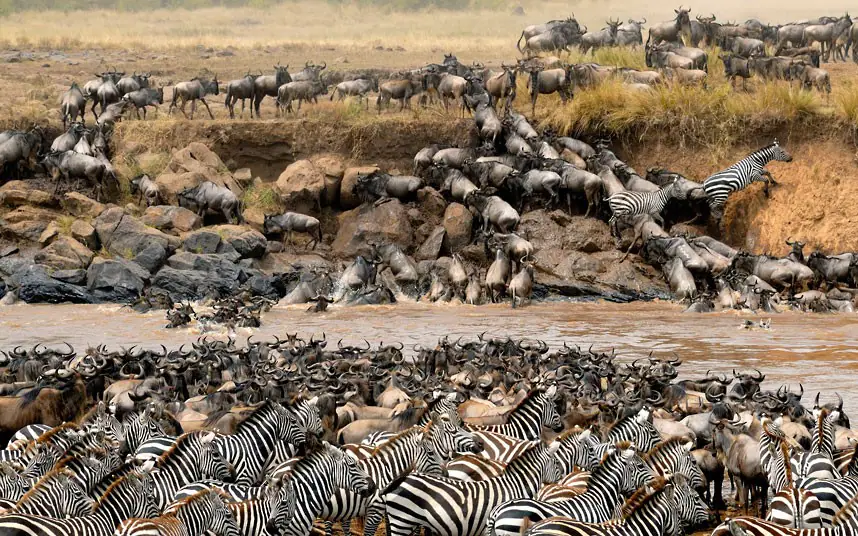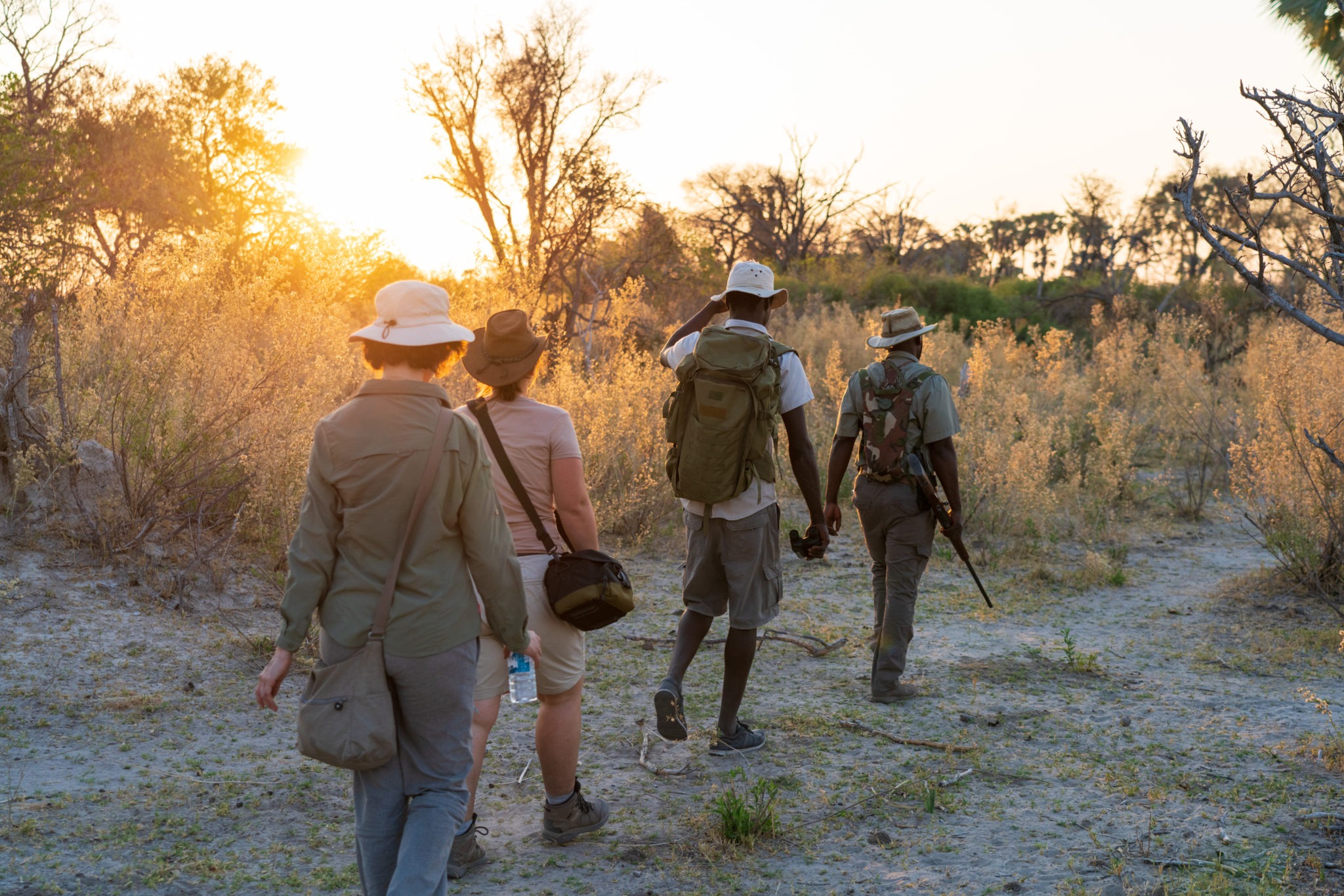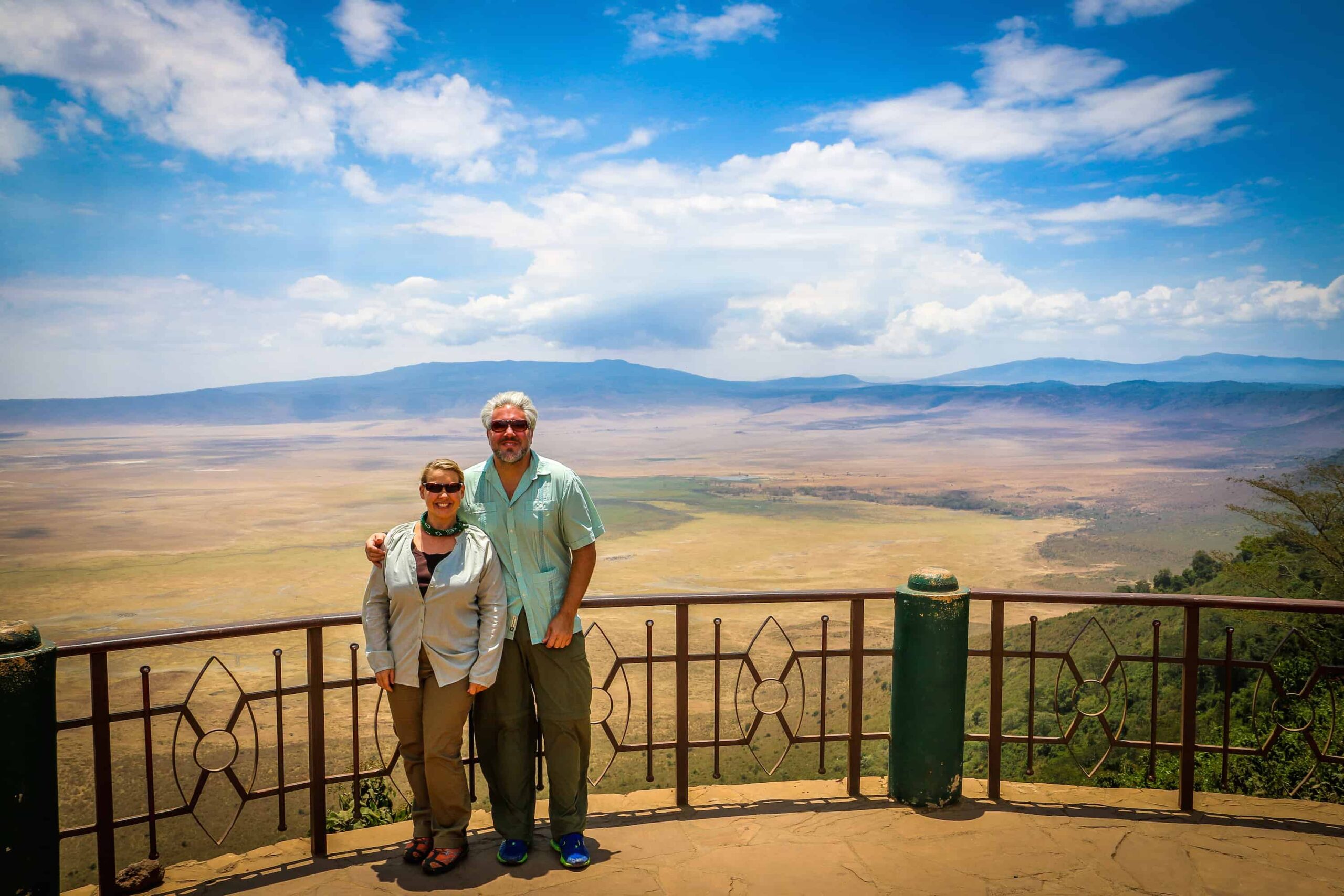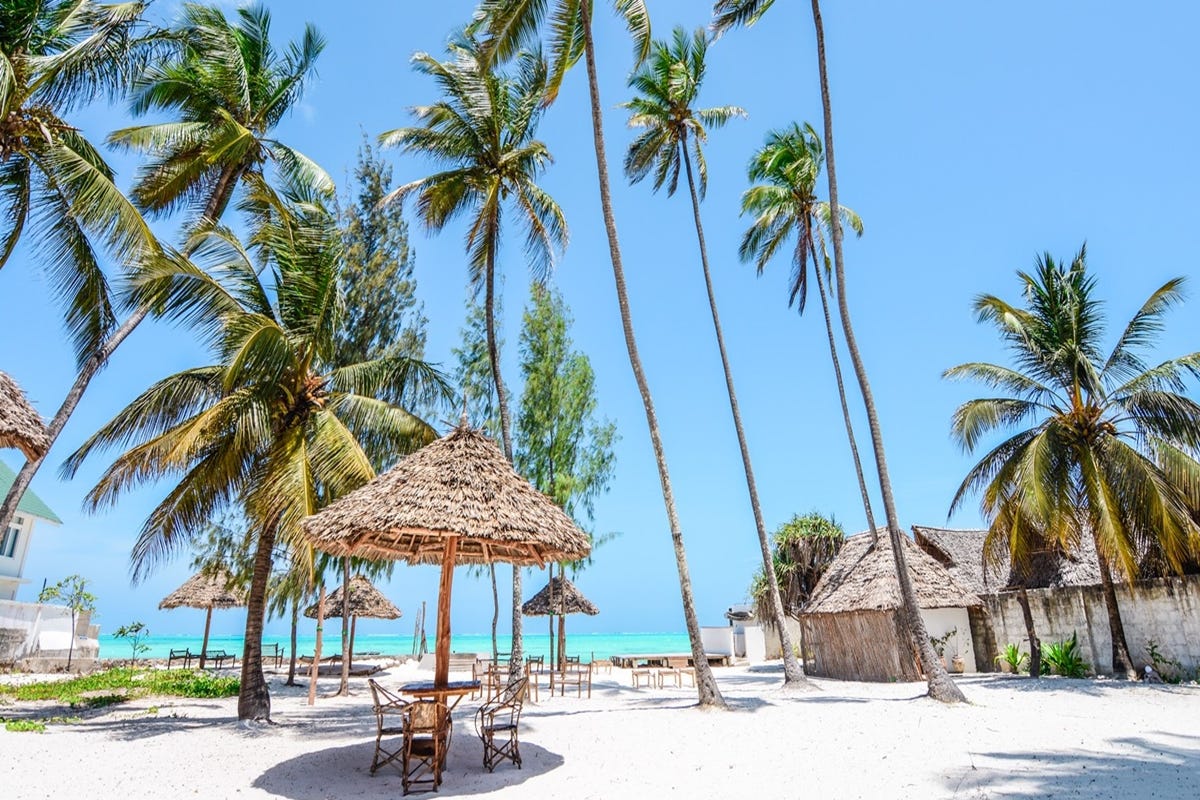Introduction:
The Great Wildebeest Migration is a natural phenomenon that has captured the hearts and imaginations of wildlife enthusiasts, photographers, and adventurers worldwide. Each year, millions of wildebeests, zebras, and other herbivores embark on a perilous journey across the vast plains of East Africa in search of greener pastures and water sources. While this spectacle is well-documented and celebrated, there are many intriguing aspects of the migration that often go unnoticed. In this article, we’ll explore what you don’t know about the Great Wildebeest Migration, shedding light on its complexities, surprises, and the incredible stories woven into this annual event.

-
The Migration Is Not a Continuous Circle:
Contrary to popular belief, the Great Migration doesn’t follow a continuous circular route. Instead, it comprises several distinct stages throughout the year. These stages include calving in the Southern Serengeti, river crossings in the Northern Serengeti and Maasai Mara, and return journeys in between. Understanding these phases allows travelers to witness specific highlights of the migration.
-
The Mara River Crossings are the Most Dramatic:
While the entire migration is awe-inspiring, the river crossings at the Mara River are arguably the most dramatic and heart-pounding moments. Thousands of wildebeests and zebras face crocodile-infested waters, swift currents, and lurking predators in their quest to reach the other side safely.
-
The Impact of Local Predators:
Predators play a crucial role in the Great Migration’s dynamics. Lion prides, cheetahs, leopards, and hyenas closely follow the herds, creating thrilling predator-prey interactions. The migration sustains these carnivores and contributes to the region’s incredible biodiversity.
-
The Unsung Heroes:
While wildebeests and zebras steal the spotlight, other animals like gazelles and elands also participate in the migration. These species contribute to the spectacle and serve as an essential food source for predators and scavengers.
-
Conservation Challenges:
Human activities, including habitat loss, poaching, and climate change, pose significant threats to the Great Migration. Conservation efforts are essential to safeguard this natural wonder for future generations.
-
The Cycle of Life:
Calving season is a remarkable part of the migration. Thousands of wildebeest calves are born within a short period, providing ample food for predators. This cyclical event contributes to the ecosystem’s balance and sustains the circle of life.
Conclusion:
Now that we’ve elaborated about “what you don’t know about the Great Wildebeest Migration”: The Great Wildebeest Migration is a testament to the intricacies of nature, where millions of animals undertake an epic journey filled with challenges, dangers, and moments of awe-inspiring beauty. While the migration itself is a well-known spectacle, the lesser-known details and complexities make it even more fascinating. Whether you’re a seasoned safari-goer or a curious nature enthusiast, delving into the nuances of the Great Migration unveils a deeper appreciation for the marvels of the natural world and the remarkable stories that unfold on the plains of East Africa each year.









